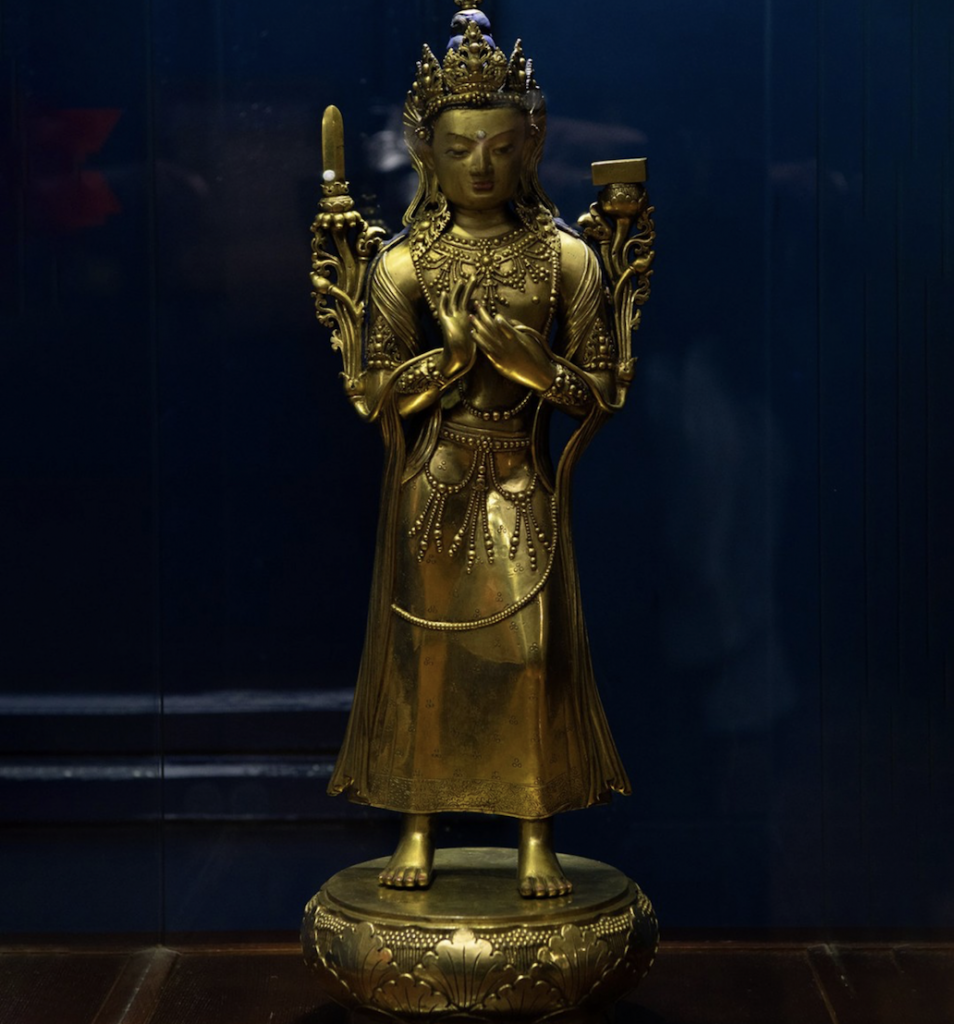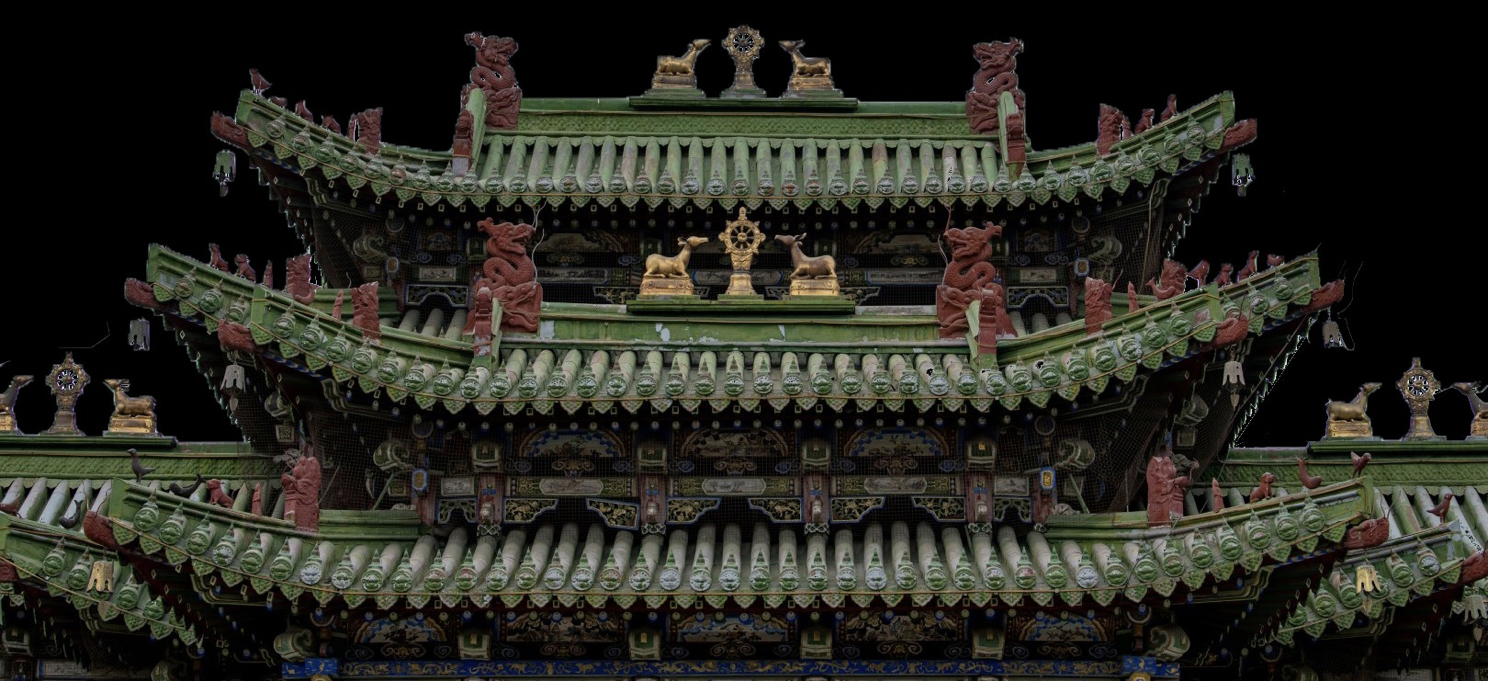Vajrayana school of Buddhism with bases in Nalanda, India was widespread in Mongolia. With a history of over 2000 years, Buddhism in Mongolia was created and conducted by its very own so-called Mongolian style or school. Mongolians over the years have been known for their religious tolerance, hence its transparent and free to worship until when unfortunately, the winds of political repressions swiped approximately 700 monasteries in the late 1930’s. Mongolian Buddhism and its art hugely have strong impacts Nepali, Bhutanese and Tibetan aspects, yet it also has developed endemic Mongolian features which are well presented in the museums and monasteries. Though, Mongolian Buddhism had faced numerous historical challenges, thanks to Democratic transitions and political changes in 1990’s, religious freedom was brought back. Already, by 1995 the number of functioning monasteries went up over 30 and resident monks reached almost 1500.

Mongolian Buddhist art originated from Nepal, Bhutan and Tibet, which belongs to Himalayan style art and you will see the masterpieces of Himalayan art cultures by visiting Mongolia.
Travelers and visitors coming from China, Japan, Korea, France and other countries visit Choijin Lama Temple Museum, Bogd Khan Winter Palace Museum and Zanabazar Fine Art Museums during their stay in Ulaanbaatar. These Museums all well displayed primary essences and masterpieces of Mongolian Buddhist art such as silk appliques, thangka scroll paintings, Buddhist sculptures, icons and statues, some of which were renovated and are mostly original, not replicas. Although Mongolian religious art works have not been well-studied or publicized as works of Western Renaissance artists, it still captures great interests of those who understand and have high aesthesia for art.
Anyone who visits Mongolia, has an opportunity to take part in religious activities like Tsam Mask Dancing and visit monasteries despite traveling through the paths of Chinggis Khaan, experiencing Shaman rituals and to get to know other customs and traditions.

